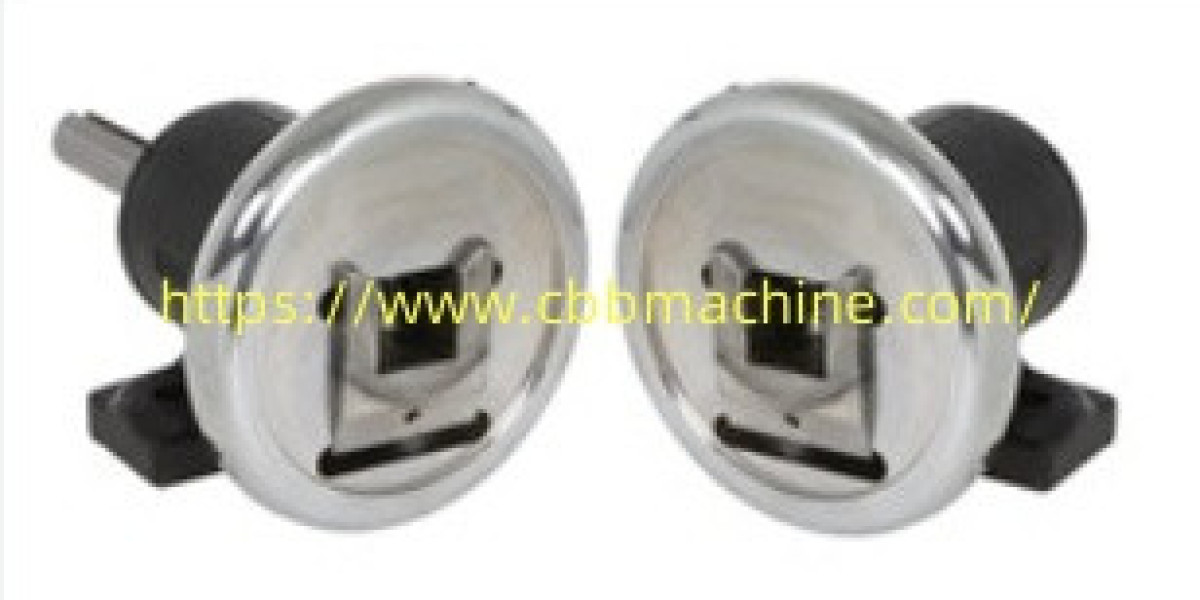In many industrial applications, the Safety Chuck plays a vital role in holding shafts securely during processes such as winding, unwinding, and other rotational tasks. Its design ensures both efficiency and operator safety, making it an important element in equipment that requires precise handling of materials.
The function of this device goes beyond simply clamping. It is designed to reduce wear on shafts, minimize downtime, and improve operational flow. By providing a stable connection between the driving and driven components, it allows smooth rotation while ensuring secure engagement. This characteristic makes it highly valuable in paper, film, foil, and textile production lines, where consistent rotation is essential.
Another strength of this equipment lies in its compatibility with various shaft ends. With properly designed inserts and structures, the chuck accommodates different dimensions, which adds flexibility for manufacturers working with multiple product formats. This adaptability reduces the need for frequent adjustments, saving both time and labor.
Durability is another reason why businesses invest in such solutions. These devices are often manufactured from strong materials that can withstand repetitive stress. When maintained properly, they deliver a long service life, reducing the need for frequent replacements. Lower maintenance costs and reliable performance are important advantages in highly competitive industries.
From a safety standpoint, its name reflects its purpose. A secure holding mechanism prevents accidental disengagement, reducing the risk of workplace incidents. In industries where operators work in close proximity to rotating machinery, safety is a non-negotiable requirement, and this device contributes significantly to meeting those standards.
With automation on the rise, many modern designs are evolving to complement advanced machinery. Quick-change mechanisms, enhanced alignment features, and integration with automated lines are becoming more common. These developments demonstrate how a traditional workholding device continues to evolve with modern technology.
When choosing the right solution, companies consider factors such as shaft compatibility, load capacity, ease of use, and long-term reliability. Each of these aspects ensures that the equipment not only performs well but also fits seamlessly into an existing production line.
In summary, this tool represents a balance of safety, efficiency, and practicality. By combining secure holding with operational convenience, it remains a cornerstone in industries where rotation and material handling are central to success.
For more information, visit https://www.cbbmachine.com/news/industry-news/safety-chuck-6-key-factors-to-consider-when-selecting.html
